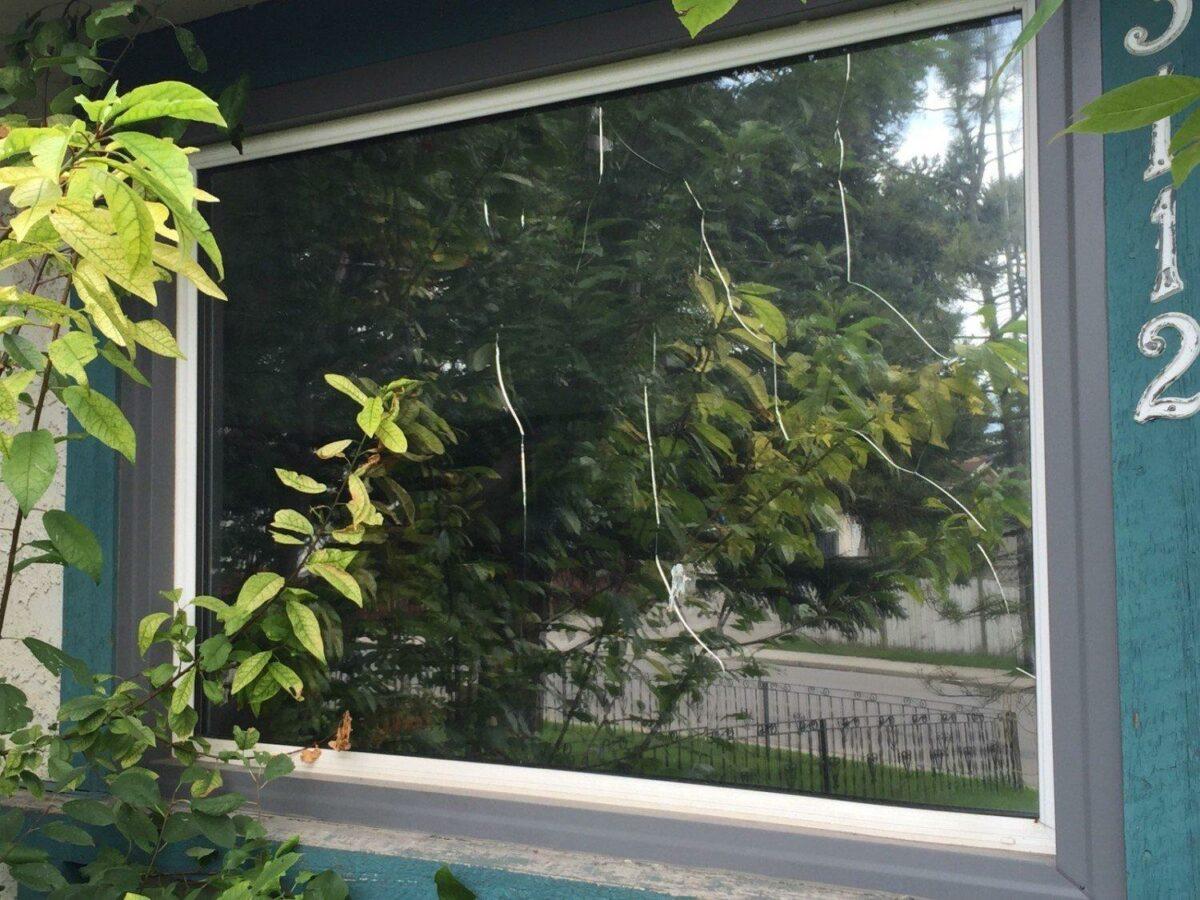When it comes to renovations, and window replacement specifically, it seems like every company out there spins the story to fit their needs. Replacement window companies will tell you that the best thing you can do is get all new windows. Window tint or repair companies will talk at length about how all your windows can be fixed.
So who is right? In reality, it all depends on the condition of your windows, the material they are made of, and how long they have been in the house.
Good window companies know the difference between windows that have to be replaced and ones that can be fixed. Most of the time problems with existing windows also mean problems with the frames and wall structure around. In this scenario, it is always recommended to do a full-frame replacement. However, if your frames are fairly healthy, you may consider getting insert windows, or performing some simple fixes like getting new weather stripping, re-caulking the seals, or putting a film on your windows.
But while there is no doubt to the effectiveness of new caulking and weather stripping, there is some argument as to whether window films and tints are worth the investment.
What is the difference between window tints, films, and coatings?
Just like in your car, window tints prevent UV radiation from entering your home. The problem in a residential setting however, is that tints actually absorb most of the Sun’s rays. While your car windows are tempered and heat resistant, the same is not true about residential windows. As these tint coatings heat up, they can overheat the surface of the glass and not only peel and crack, but can result in insulated glass unit failure. Tints also don’t do a lot to prevent the heat escaping from your home in the winter. They may reduce the effects of the sun in the summer, but otherwise this solution does very little to improve the efficiency of your existing windows.

Window films are the next step up in terms of performance. Unlike the tint, a window film actually reflects UV radiation away. This helps in preventing the surface area from overheating and spares your sealed units from premature failure. Films also work as a double sided membrane. The coating that faces the inside of your house helps reduce conduction heat loss from the glass surface and keeps your home warmer in the winter. Just like tints, window films prevent rooms from overheating in the summer time. The issue with films, is that the increase in efficiency often comes at the price of visibility. Films significantly reduce the amount of natural light that enters your home. This may mean you will not be able to use the energy from the Sun to warm your rooms in the winter time, and have to buy additional lighting sources for the rooms where films are installed.
Low-emissivity coatings are the optimal solution to balancing heat loss, solar heat gains, and maintaining an acceptable level of visibility. Low-e coatings are applied to the glass during the manufacturing process. The glass surface is essentially covered by a layer metal particles that is so thin you can see through them. If you do not consider any other upgrades for your windows, think about getting Low-E coatings. The great part is that most vinyl window companies now make their windows standard with Low-E. For windows on the East, West, and South sides of the house, that receive a considerable amount of light throughout the day you may want to consider a double coating to battle the effect of UV rays. There is also an advantage to Low-E coatings for applications in triple pane windows. Because of an extra pane of window you always have an option for an additional to be added. In reality however, triple pane windows are efficient enough on their own, and the numerous extra coatings are only used on windows in elevated areas or in extreme direct sunlight.
Conclusion
Adding a window film can improve the efficiency of your existing windows. It won’t however fix the issues with leaks or drafts, so consider getting these only if your window frames are healthy. Getting tints or a film on a leaky window, or one with rotten frames is like getting tints for a car with a bad engine, it simply doesn’t make sense. If you are already in the market for new windows, consider getting triple pane windows with Low-E coatings. That way you will maximize the efficiency of your units without sacrificing your view or overheating your rooms.
At Ecoline Windows, all our windows come standard with a single application of Low-E 180 coating. Our project consultants can also help you configure where in your house additional coatings may be useful.
Learn everything you need to know about replacing your windows:
Find out how much a new window project should cost
See our full line of replacement vinyl windows
Follow the replacement process in our video and photo gallery

